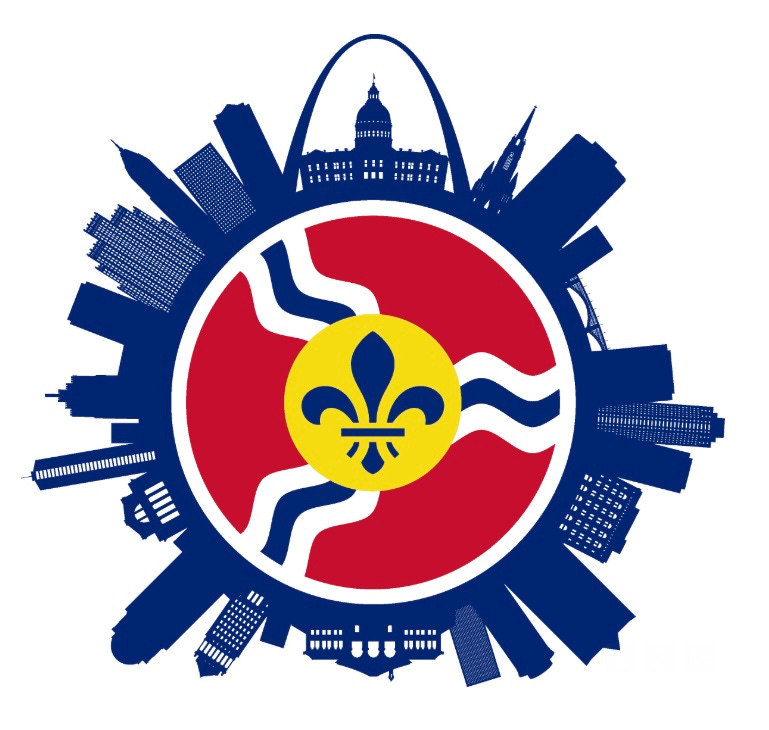GEO Relevance & 314 Day: St. Louis’ Past, Present, and Future in Geospatial Relevance
Happy 314 Day, St. Louis!
Happy 314 Day, St. Louis!
As we celebrate 314 Day, I find myself reflecting on this city's journey, its triumphs, challenges, and relentless pursuit of geospatial relevance on both a national and global scale. I’ve been both critical and deeply supportive of St. Louis in this endeavor, because I believe in what we can be.
Let’s be honest, we are not yet the dominant force in geospatial innovation, education, and workforce development. And maybe we don’t need to be, but one thing is non-negotiable, we must be, and we will be relevant. The truth is, we are relevant and have been for a while now. St. Louis has been a cornerstone of geospatial relevance for decades, and over the past 10 years, that relevance has only grown. Our challenge now is to push even further, to not just sustain but elevate our impact for years to come.
In my 2023 blog post, “Geospatial Excellence: STL has been Geo-Special for a very long time…”, I highlighted St. Louis’ legacy in geospatial dating back to August 1952, when the city became home to the Aeronautical Chart and Information Center (ACIC), evolving through the Defense Mapping Agency (DMA) and the National Imagery and Mapping Agency (NIMA) to what we now know as the National Geospatial-Intelligence Agency (NGA). We saw groundbreaking work continue in 2004 when Dr. Curt Davis established MU’s Center for Geospatial Intelligence, with support from former NGA Director and Director of National Intelligence, James Clapper. And of course, institutions like the U.S. Geological Survey’s National Geospatial Technical Operations Center (NGTOC) who supports the National Map and their neighbor Fort Leonard Wood’s TRADOC Proponent Geospatial have solidified Missouri’s role in national geospatial leadership.
Education and evangelism have played a critical role in expanding our reach. Champions like Tara Vansell at Lindenwood University and Dr. Randy Pearson at Southern Illinois University (SIUE) and his GeoMARC Research Center have driven major progress, yet the question remains: what does the next level of relevance look like for St. Louis and the St. Louis Region?
Recently, in a moment of frustration, rooted in my impatience for faster progress and measurable impact, I reached out to a mentor, someone I deeply respect, to talk about measuring impact. I was asking, “are we making a real difference? Are we changing lives?” They reminded me:
In 2017, St. Louis had never hosted a GEOINT Symposium. Now, we’ve hosted multiple and are hosting it again this year. Note: This incredible man was slightly wrong, the 1st ever was hosted in STL., but I guess that validates our relevance even more.
There were no Educational Partnership Agreements (EPAs) with universities. Today, we have two, one with The University of Missouri-St. Louis and one with Harris-Stowe State University.
GeoFutures, the Taylor Geospatial Institute, the Taylor Geospatial Engine, Moonshot Labs, the Partnership Intermediary Agreement (PIA) with T-REX, and the Geospatial Innovation Center at T-REX—none of these existed before.
The Harris-Stowe State’s GeoHornet Lab and UMSL’s Geospatial Collaborative didn’t exist and are now shaping the next generation of talent.
And then they hit me with a direct measure of impact…..what about Dr. Freddie Wills and the HBCU Immersion Program at Harris-Stowe State University, which just celebrated its third cohort, this time with an incredible experience at Geography 2050 in New York City. That’s measurable change. That’s lives being shaped.
Even the Office of the Director of National Intelligence (ODNI) has recognized St. Louis for its unique government, business, philanthropic, academic, and nonprofit collaborations, an exemplar of how a city can drive national security engagement and innovation.
And let’s not forget the local leaders who have put in the work like Bill Caniano, Julie Murphy, and Zekita Armstrong, who, through their efforts have supported Gateway Globals development of the Geospatial & IT Workforce and Apprenticeship Campus (GIWAC) and coming soon their Geospatial Stimulation Theater, bringing the geospatial certification program for high school students to life. That’s measurable change. That’s lives being shaped.
Looking Ahead: The Next Chapter
Over the next eight weeks, St. Louis will host STL TechWeek, another GEOINT Symposium, and a variety of events showcasing our geospatial ambitions. But for us to level up, we need to lean into interdisciplinary collaboration, leveraging our strengths in AgTech, Biotech, FinTech, and Artificial Intelligence to reach our goal of real and measurable impact.
We have:
The passion
The people, but we need more
The connections
The environment to make it happen
I remain bullish on St. Louis’ geospatial future. I will continue to demand measurable results, and I believe we all should. But there’s no doubt, we have the promise to become truly special on a global scale.
Over the coming weeks leading up to GEOINT 2025, I’ll be sharing more about why I appreciate St. Louis, not just for its geospatial relevance, but for its leadership in innovation districts, AgTech, Biotech, the people, the midwestern values, and its growing opportunities for residents and visitors alike.
Happy 314 Day, my friends. Let’s keep building.





Great read!